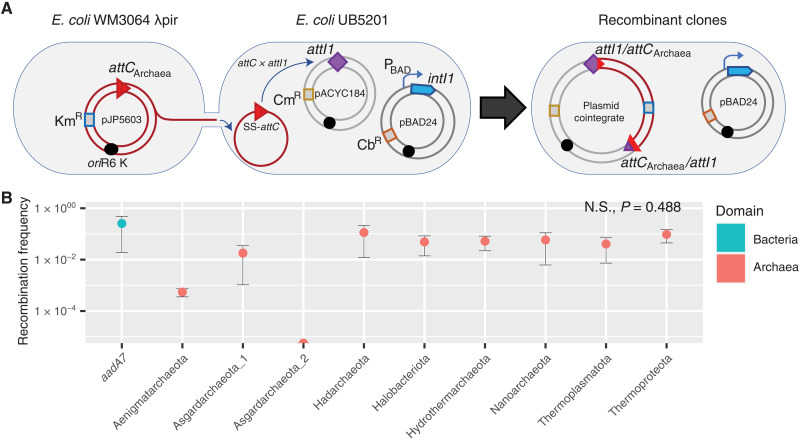Fig. 2. Cassette recruitment (attC × attI recombination) assays.
(A) Schematic outlining the experimental setup of the cassette insertion assays. The kanamycin resistance (KmR) suicide vector pJP5603 with an attC site is delivered into the recipient E. coli UB5201 strain via conjugation. The recipient strain carries an intI1 gene, expressed from the inducible PBAD promoter, and an attI1 site, residing on the carbenicillin resistance (CbR) pBAD24 and chloramphenicol resistance (CmR) pACYC184 backbones, respectively. The donor suicide vector cannot replicate within the recipient host and thus can only persist following attC × attI recombination to form a plasmid cointegrate. (B) Average recombination frequencies (log10 scale, ±1 SE) between attI1 and nine archaeal attCs (with phyla of origin labeled along the x axis) and the paradigmatic bacterial attC site (attCaadA7), used as positive control. Average frequencies were calculated following three independent cassette insertion assays (see Materials and Methods for details). No statistically significant difference in recombination frequencies were detected among the tested attCs (Kruskal-Wallis test, n = 27; df = 8, P = 0.488). Recombination frequencies are shown for attC bottom strands only. See table S1 for attC top strand recombination frequencies. N.S., not significant.

